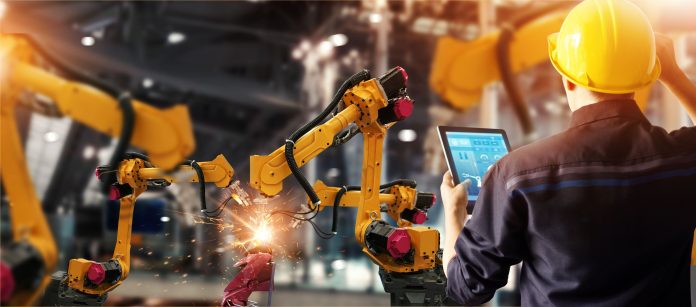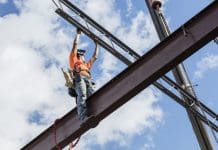Since Building Information Modelling (BIM) took off in the early 2000’s, the construction process has become far more streamlined and efficient, saving money and time, as well as improving communications across teams
Whilst it has taken construction a while to embrace new technology, BIM has proven that when applied correctly, technology can be hugely beneficial to improving productivity in manual industries such as this one.
The effect Building Information Modelling has had on construction processes goes much further than 3D modelling and building design. BIM systems now contribute to every stage of everything in the construction process, from design, production and project management to handover once a project is complete.
The question is, how do we continue to improve the construction industry in the way that BIM has? There has never been more pressure on the construction industry to deliver results with a rapidly rising demand across society for more housing and infrastructure. The answer could lie in artificial intelligence. Whilst BIM has taken us a long way in terms of construction processes, artificial intelligence could push this further, using machine learning to further improve efficiency.
In this article, we’ve looked at the different ways that AI is starting to improve Building Information Modelling systems and how this will change the way construction works in the future.
What is Artificial Intelligence?
Artificial intelligence is a machine’s ability to learn in a similar way to a human, to internalise new information and use this to develop its own intelligence system. AI is an interdisciplinary technology that has many different branches, however machine learning is the sector of AI that is currently most wide-reaching.
The term “machine learning” refers to a machine’s ability to internalise patterns in data and use this to think independently and provide its own solutions. The more data the machine is exposed to, the better it will become at understanding and providing insights. This is key in construction where a lot of the current processes rely on human ability. AI allows us to streamline these processes and reduce cost, time and risk and improve the quality of output in projects.
What is AI-assisted BIM?
BIM software companies have already begun to use artificial intelligence to improve the efficiency and potential of their programmes. BIM software can now use machine learning to learn from data and detect patterns and from this, make independent decisions on how to automate and improve the model building process.
BIM software collects tons of data, which AI uses to explore the possibilities of each aspect of a construction project and find the best solution far quicker than a human mind can. Not only does this make processes quicker, but it reduces the risk of human error which can improve safety on sites.
It’s likely we’ll be seeing much more AI-assisted BIM in the future in the industry over the next decade. Artificial intelligence has shown that we now have the capacity to push BIM to the next level, to make further progress in the industry.
Productivity has always been an issue in construction and as a result, the industry has developed at a much slower pace than any other. It’s starting to seem like artificial intelligence could be the answer to the barriers we’ve faced in the past.
How is AI making BIM systems more efficient?
Safety and risk mitigation
It’s commonly known that construction is an accident-prone industry; one in five worker deaths are construction-related. In recent years, BIM software has improved on-site safety, making it easier to put extra safety measures in place before a project is carried out.
AI assisted BIM can take this to the next level, predicting on-site incidents before they’ve even happened. Through machine learning, BIM software now has the ability to analyse construction projects from an image alone and identify risks such as workers at a height, slip, trip and fall hazards.
Building design
Artificial intelligence allows a user to input a design criteria or set of “rules” into a system so the machine can create the most viable output based on your needs. In terms of BIM, this can be used to create site footprints, floor plan designs and more. These plans are all linked to one another too, which means if you change the measurements in the site footprint during the process for example, your machine will know to make the necessary adjustments across all areas of the design to ensure the highest accuracy throughout the project.
Continuously updating
Systems that utilise AI are always learning from past and ongoing projects. This means that they’re able to update on an almost daily basis, delivering the most efficient and effective information to construction workers as soon as possible. This will help to develop and grow the industry and help to find new design solutions quicker and allow these to be shared across the board.
Improving productivity
The construction industry has been suffering in recent years due to low productivity levels. In the construction industry which makes up 7% of the global workforce, productivity has grown by just 1% in the past 20 years.
More investment into construction technology in recent years has brought about the development of AI assisted BIM, which has made processes across the board more efficient. This new technology has helped eliminate inefficiencies that were slowing things down, minimising mistakes and improving the speed of project completion. But whilst we’ve already come a long way, there’s still much more potential for BIM software that AI will soon unlock.
Katie Myers
Twitter: @SaxtonBlades1














